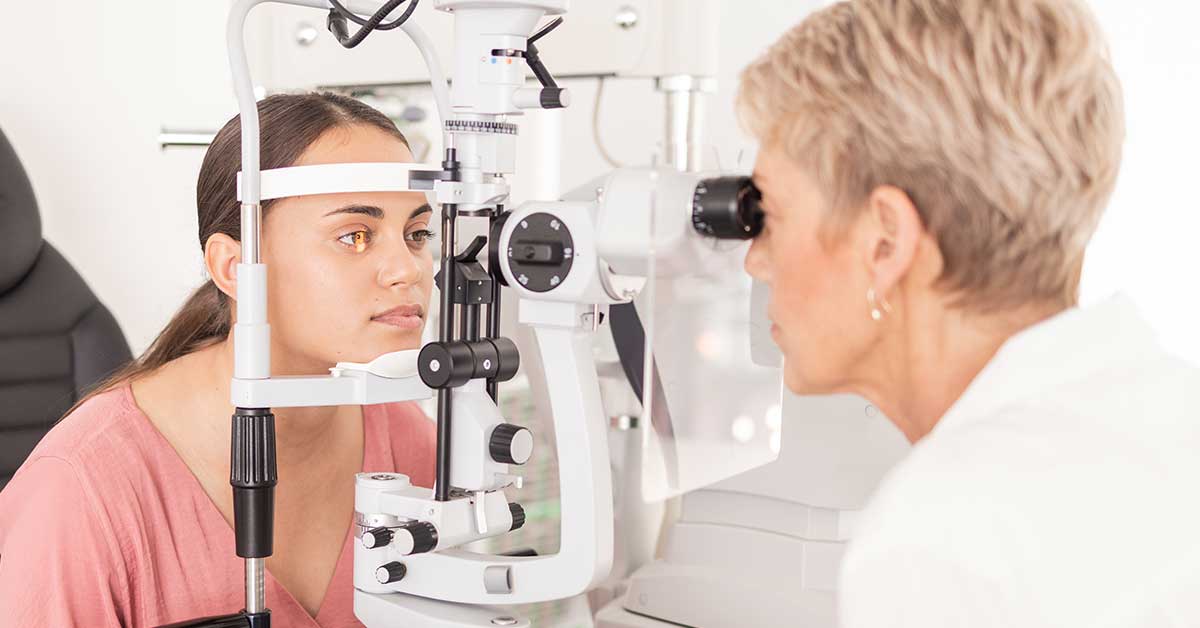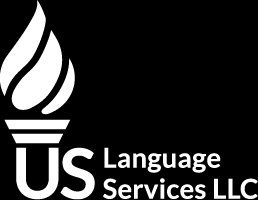How to Work in the U.S. As a Foreign-Educated Optometrist

Working as a foreign-educated optometrist is something that many individuals who have studied abroad may be interested in. After all, optometrists in the United States have several benefits, such as job security and decent pay. According to the U.S. Bureau of Labor Statistics, optometrists in the U.S. make between $61,590 and $192,390, with the average yearly salary being $124,300. If you are interested in becoming an optometrist in the United States, you may be wondering which steps you need to complete. Our guide gives you insight into this process and answers essential questions such as:
- What Is the Process for Working in the U.S. As a Foreign-Educated Optometrist?
- How Much Does It Cost to Work as a Foreign-Educated Optometrist in the U.S.?
- How Long Does It Take To Work as a Foreign-Educated Optometrist in the U.S.?
- Are There Any Restrictions to Working as a Foreign-Educated Optometrist in the U.S.?
- What Are the State-Specific Requirements for Foreign-Educated Optometrists?
- What Are the Immigration Requirements for Foreign-Educated Optometrists?
- Where Can I Get a Certified Translation?
What Is the Process for Working in the U.S. As a Foreign-Educated Optometrist?
This process includes several steps related to obtaining U.S.-based optometry education, state licensing, and legal immigration. It’s important to note that U.S. optometrists are licensed on the state level, so requirements for licensing will vary; double-check specific requirements and fees with the state you wish to work in as you review this process. The steps to working as a foreign-educated optometrist include the following:
- All U.S. optometrists must have an education from an optometry education program accredited by the Accreditation Council on Optometric Education (ACOE). For many, this means traveling to the U.S. on a student visa and completing an entire degree program to meet basic education qualifications. However, some optometry programs do offer advanced standing degrees that can be completed in a shorter time for international applicants that already have an education in optometry. You will need to research which programs allow this, their requirements for entry, and whether or not your chosen state accepts advanced standing degrees, as all of this information is very situation- and state-dependent.
- Once you have fulfilled all the basic education requirements of a U.S. optometrist, you will need to take and pass all three sections of the optometrist qualification exams given by the National Board of Examiners in Optometry (NBEO). Every aspiring optometrist will need to take these exams to be eligible for state licensing, but you should check with the state you wish to work in for more information regarding specific exam scores and examination timelines.
- After taking the NBEO exams, you will need to apply for an optometrist license in your chosen state; a license is required if you are to legally practice optometry in the state. You will need to consult your state’s optometrist licensing board for exact requirements, additional state exams, licensing fees, and the application process, and to learn about any ongoing requirements, such as ongoing education and license renewal.
- Before you are able to settle in your chosen state and practice as an optometrist, your final step is making sure that you’ve met the proper immigration requirements. Most foreign-educated optometrists will need to enter the U.S. on a student visa initially and then apply for a different permanent visa or green card if they wish to work in the U.S. indefinitely. Consulting an immigration lawyer will help you understand your best choices for immigration as an optometrist.
It’s important to keep in mind that you will need access to your original academic documents, licenses, and certifications of your optometry work abroad, as well as certified translations of these documents and credential evaluations if you are applying to an advanced standing program (check with the specific program for more detailed application information). Collecting all of this paperwork ahead of time helps to make the admissions process to U.S. optometry education programs smooth and decreases your overall stress.
How Much Does It Cost to Work as a Foreign-Educated Optometrist in the U.S.?
The cost of working as a foreign-educated optometrist in the U.S. includes the cost of completing an accredited degree, the cost of the NBEO exams, state licensing and state-specific examination fees, and the cost of immigration. An optometry degree tends to range between $50,000 and $90,000 depending on the program and how long it takes you to complete the courses. The cost of the NBEO is $4,140, not including preparation materials, and state licensing fees tend to range between $300 and $700. Finally, you will need to count the cost of immigration, which might be several thousand dollars or more, especially if you need legal guidance as you complete this process.
How Long Does It Take To Work as a Foreign-Educated Optometrist in the U.S.?
The process for becoming a foreign-educated optometrist tends to be quite lengthy due to the education requirements. Many individuals will need to complete an entire U.S.-based degree program, which takes approximately 3 years. If you enter into an advanced standing program, this time may be shortened to around 2 years, but this is situation dependent. Additionally, you must factor in how long it takes you to study for and take the NBEO exams, a process that requires an average of 3 months per one section of the exam; there are three total sections you will need to complete. The process of state licensing will add another few months, and you also need to consider how long it might take for your immigration application to be approved. Most visas and green cards take between 13 and 24 months on average to receive. Overall, this process will take approximately between 2 and 5 years to fully complete.
Are There Any Restrictions to Working as a Foreign-Educated Optometrist in the U.S.?
After you have obtained the proper education, passed your NBEO exams, and received your license to practice optometry in your chosen state, there won’t be any restrictions for working in the U.S. as a foreign-educated optometrist. You will need to make sure that you keep in mind any immigration requirements and ongoing state requirements such as continuing education credits and license renewal fees; keeping up with these ensures your practice in the U.S. continues without serious stressful interruption.
What Are the State-Specific Requirements for Foreign-Educated Optometrists?
Every optometrist in the U.S. must be properly licensed in their state before they are able to practice, and state licensing requirements vary. In general, states will require optometrist license applicants to provide their proof of education from an accredited program, NBEO exam scores, and other important identification verification paperwork. States may also require additional state-specific rules and ethics exams, and most states require licensing fees to be paid before a license is awarded. Make sure to take note of whether or not your state has continuing education requirements or other requirements for renewing your license, as you must keep up with these to ensure your practice continues uninterrupted.
What Are the Immigration Requirements for Foreign-Educated Optometrists?
Whether you are studying or working as an optometrist, you will need a visa to ensure you are legally in the U.S. and don’t encounter any issues with your studies or practice. There are a few different visa options you may be able to pursue depending on your specific situation, and it helps to research all of your choices thoroughly before making an immigration decision. Foreign-educated optometrists that need to obtain education in the U.S. will likely be qualified for a student visa. After obtaining an education and licensing, a more permanent visa will be required. You will have to submit a separate application for this, and employment-based visas or green card (also known as a permanent resident card) applications are common. Don’t hesitate to reach out to an immigration lawyer for more information or advice as you complete the U.S. immigration process.
Where Can I Get a Certified Translation?
Certified translations are a vital part of the process of becoming an optometrist in the United States. You will need certified translations of your original documents when applying for certain education programs, state licensing, and even as part of your immigration paperwork. For a reliable certified translation of any of your vital documents, visit our online store. We translate documents such as:
- Diplomas
- Academic transcripts
- Business licenses and certifications
- Resumes and employment records
- Birth certificates
Guaranteed Acceptance
All our certified to English translations are accepted by the USCIS. Our translations follow the guidelines established by the USCIS and are also accepted by educational institutions.
Most Requested Documents
FAQs
You can order most translations 24 hours a day, 7 days a week through our online store. For large projects (more than 20,000 words or 50 pages), please request a quote.


